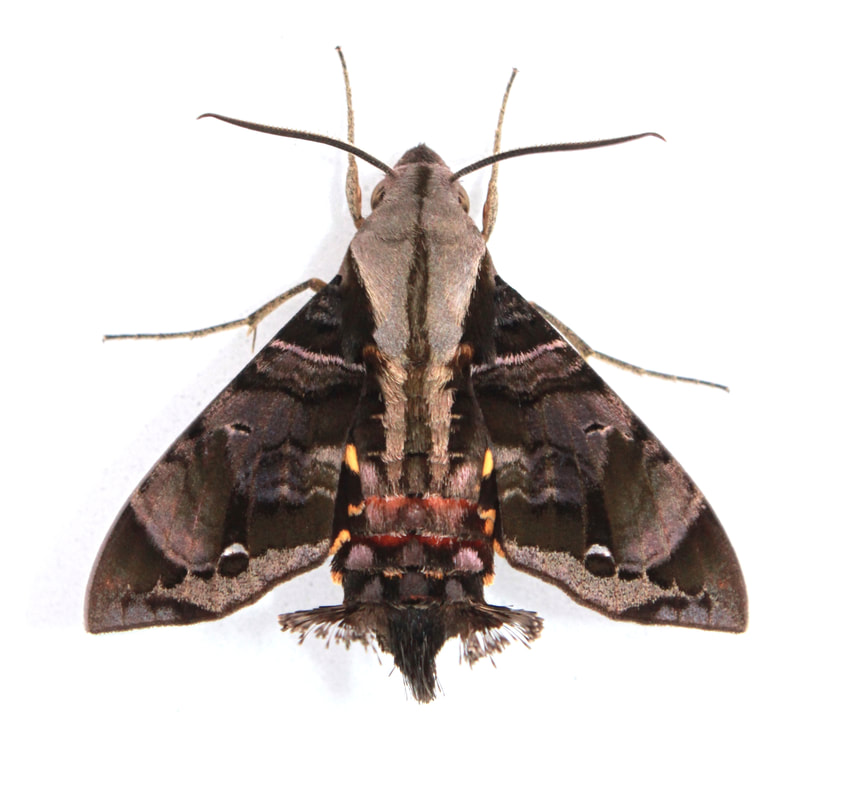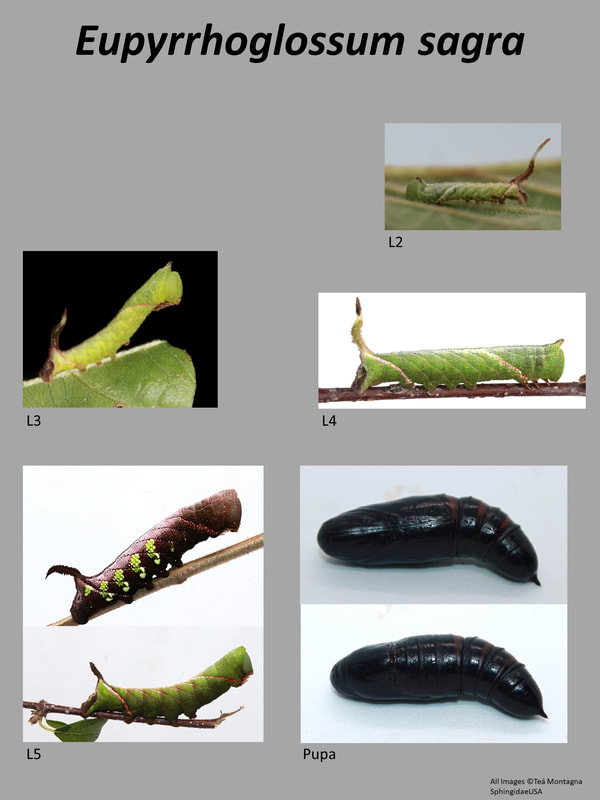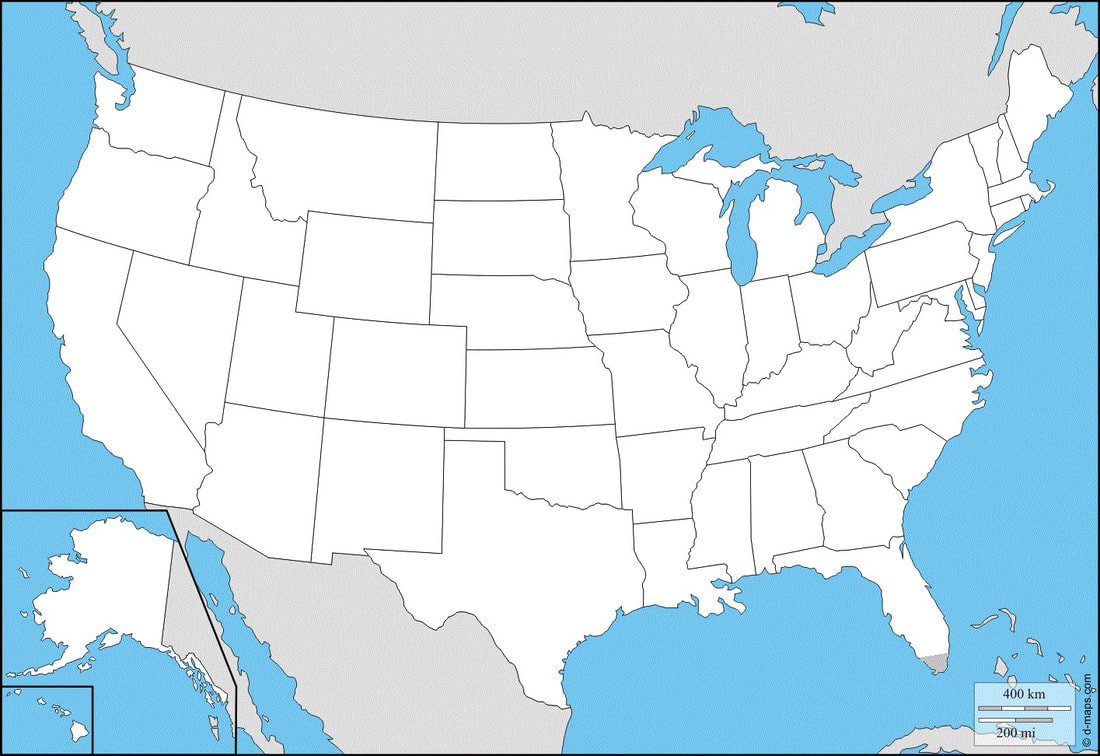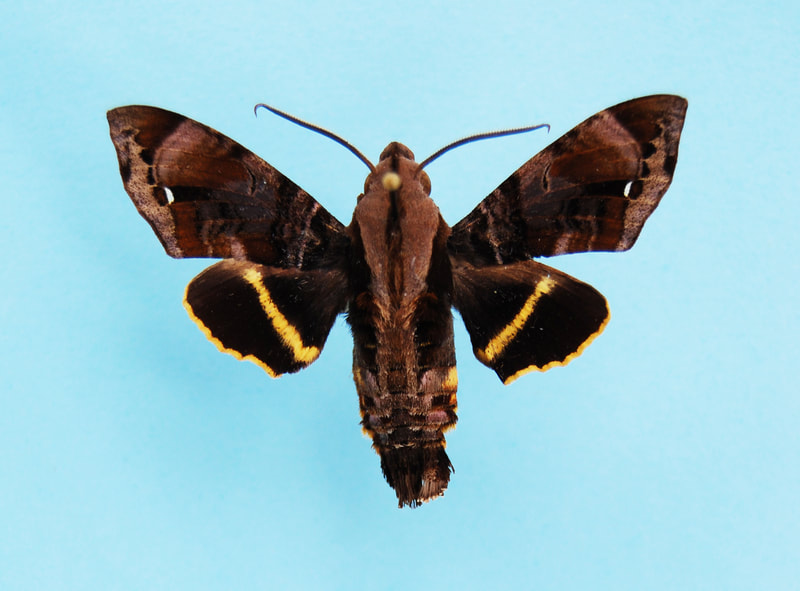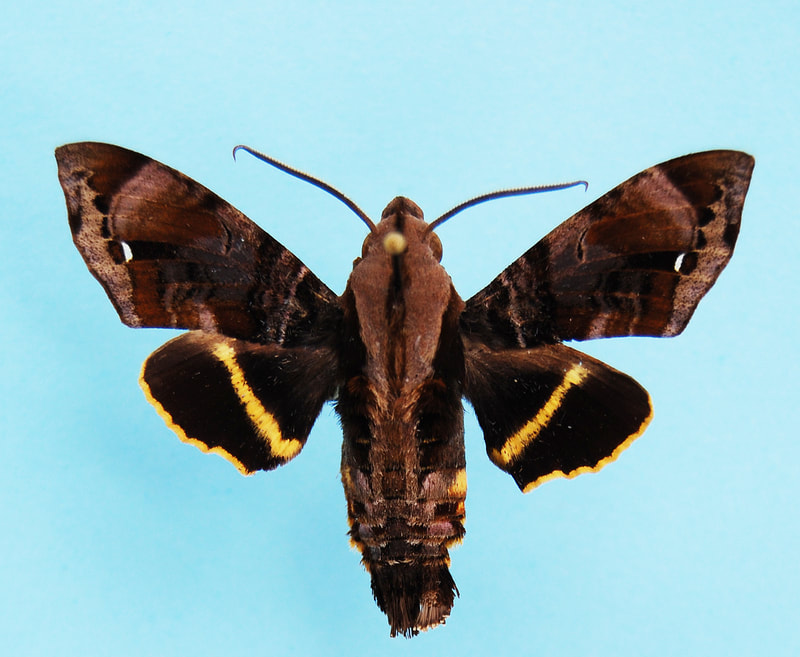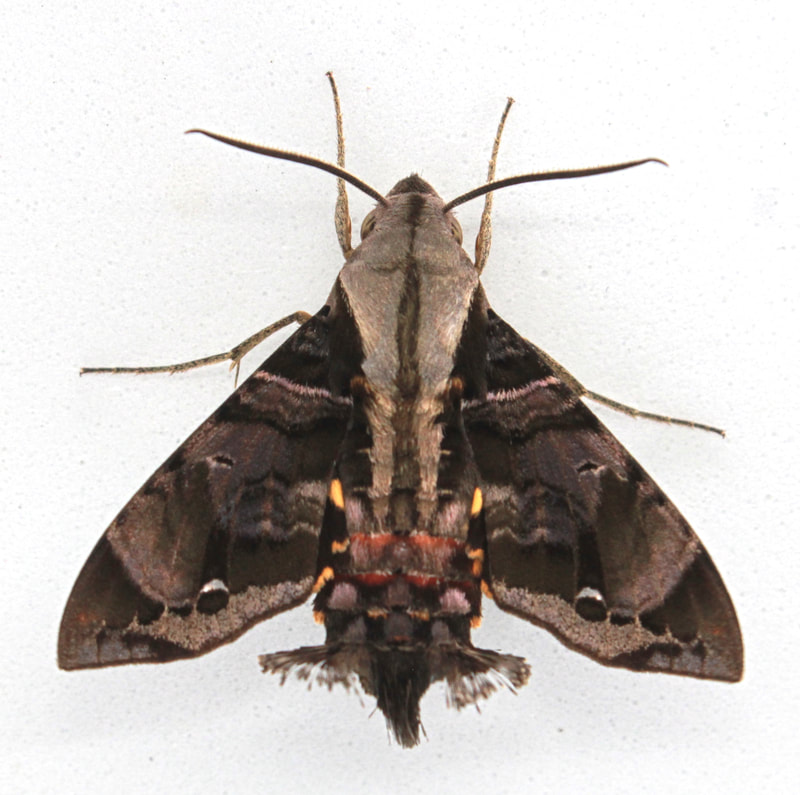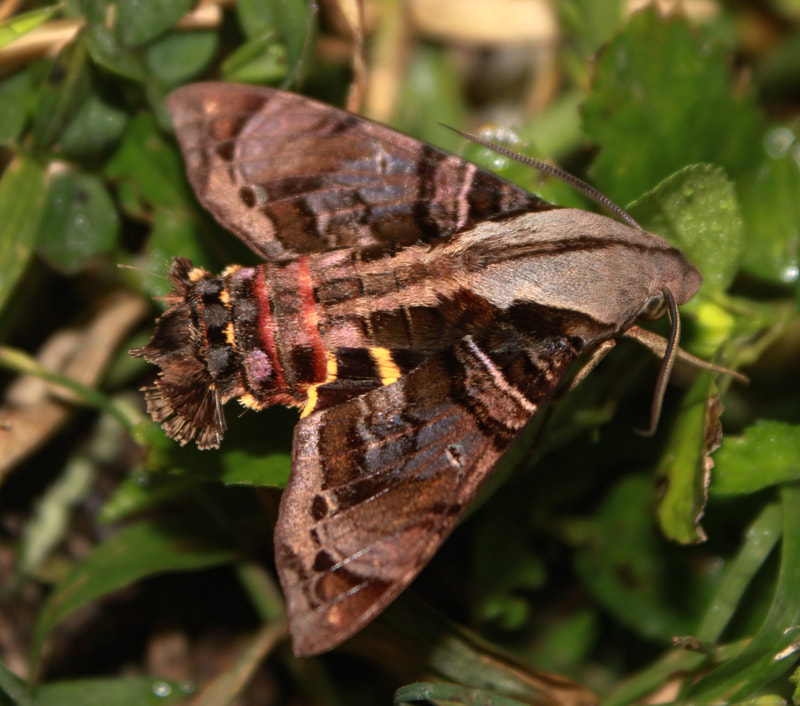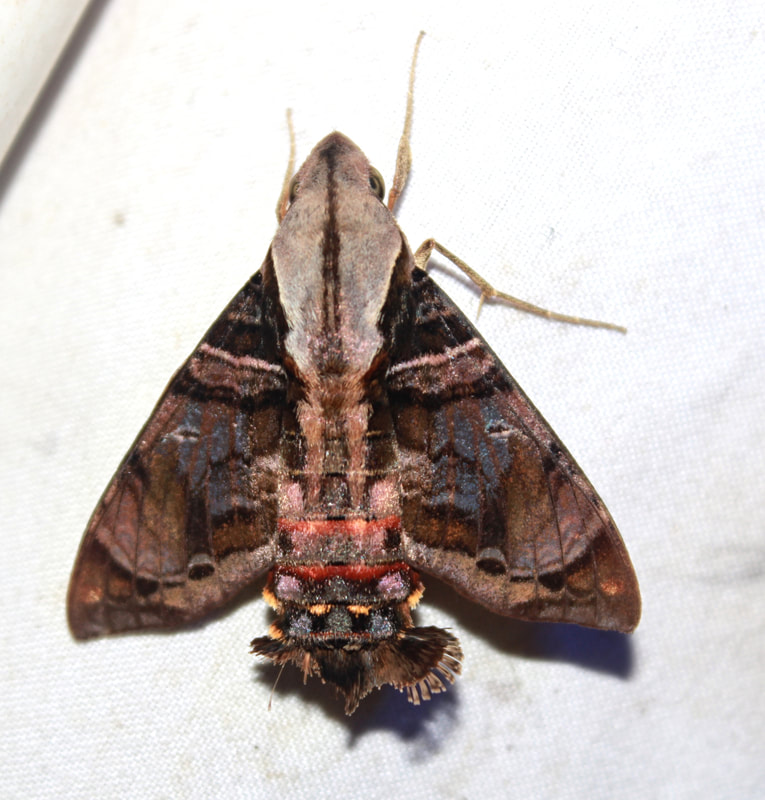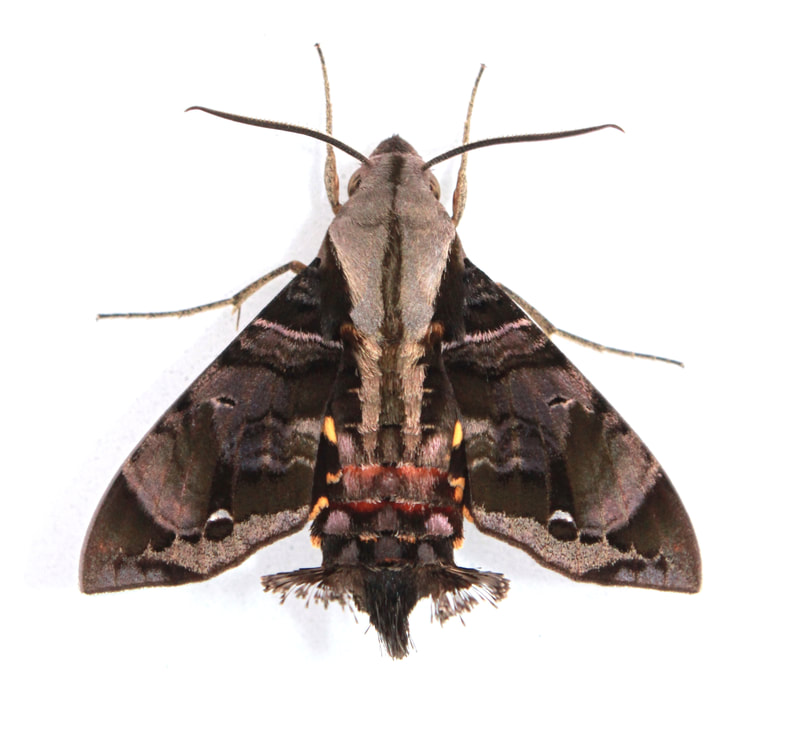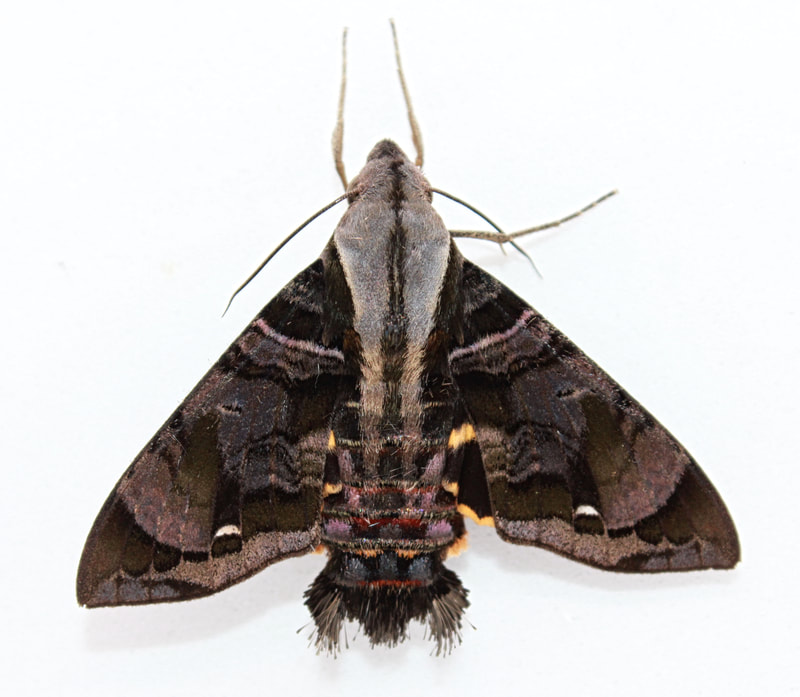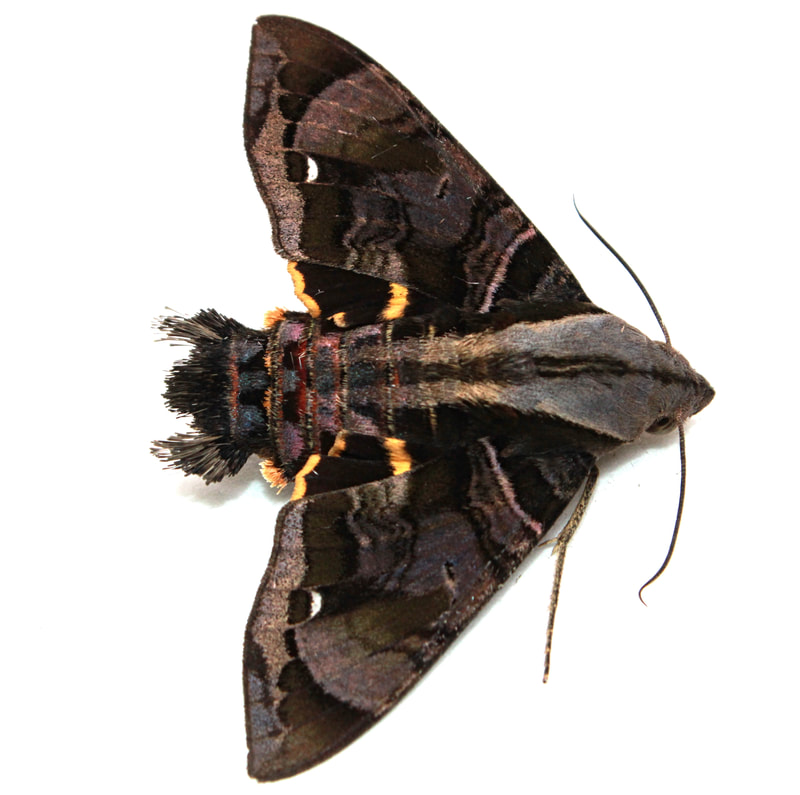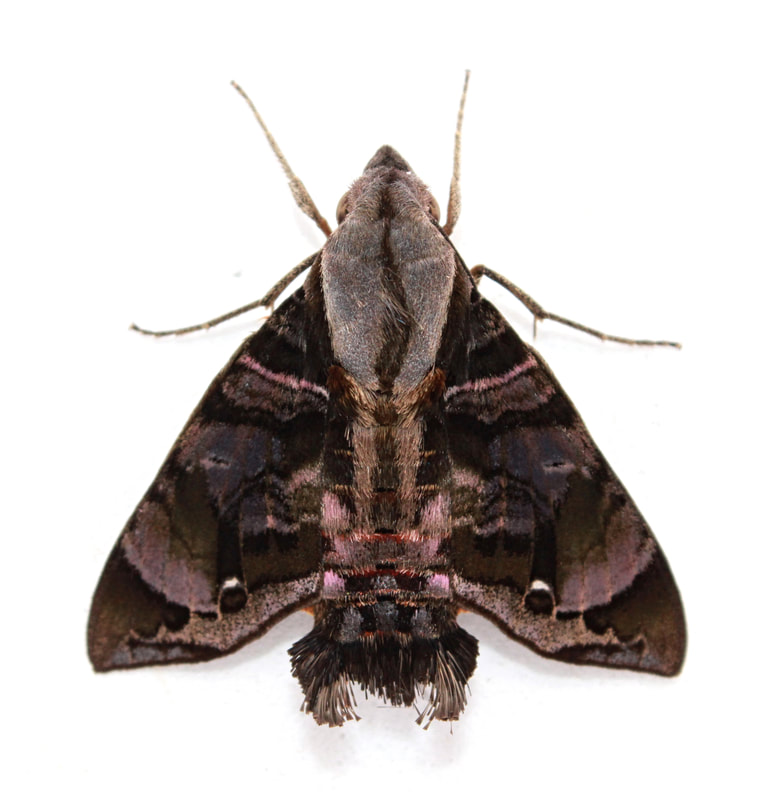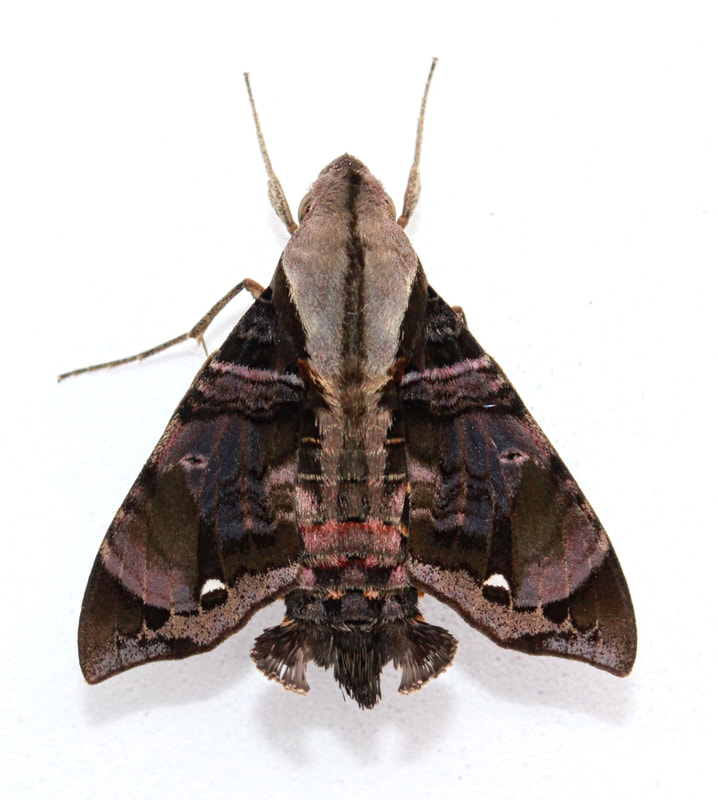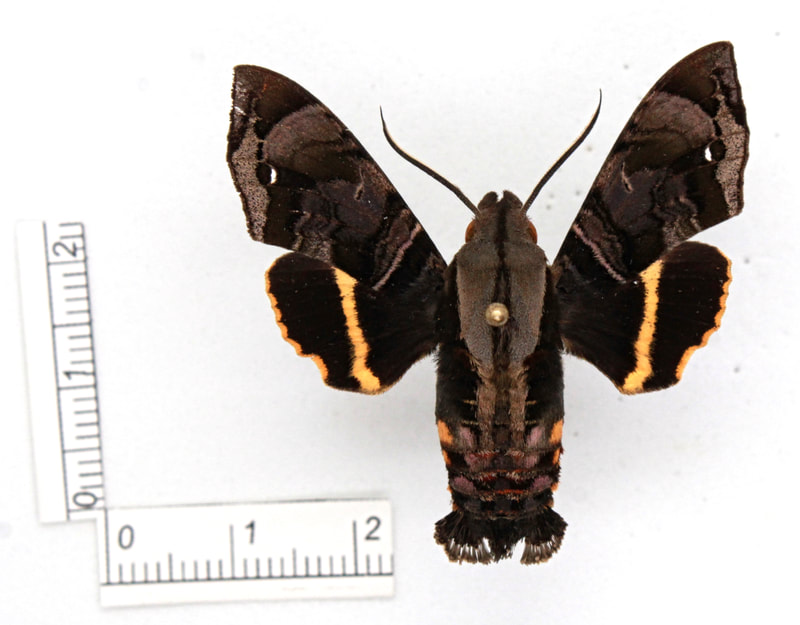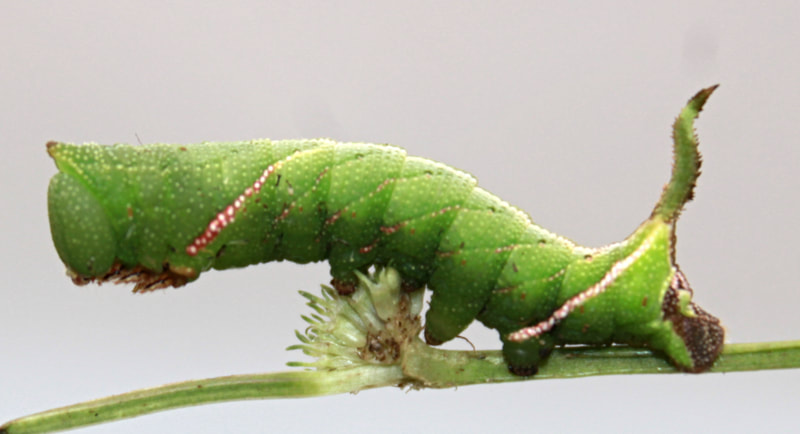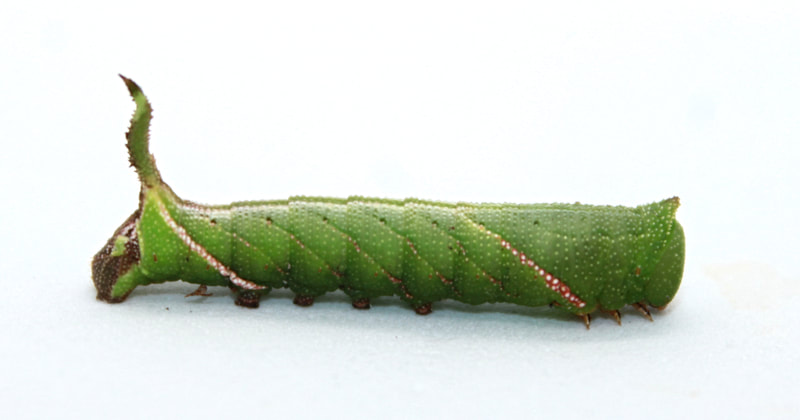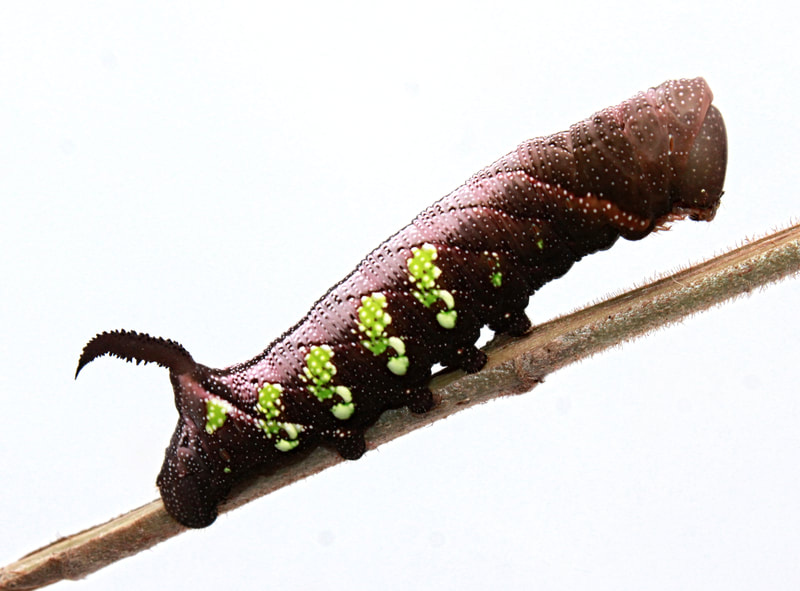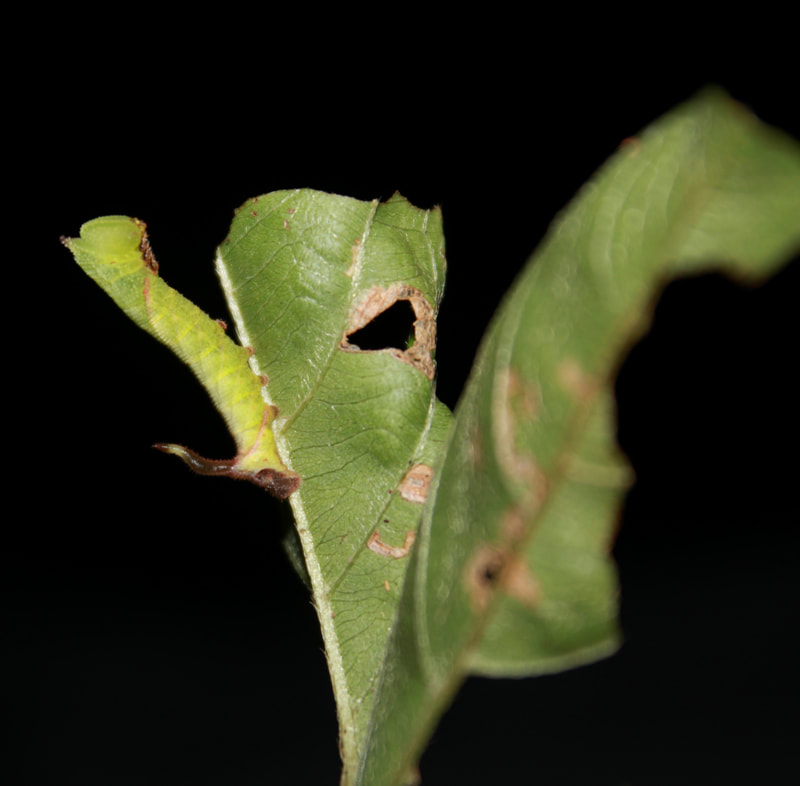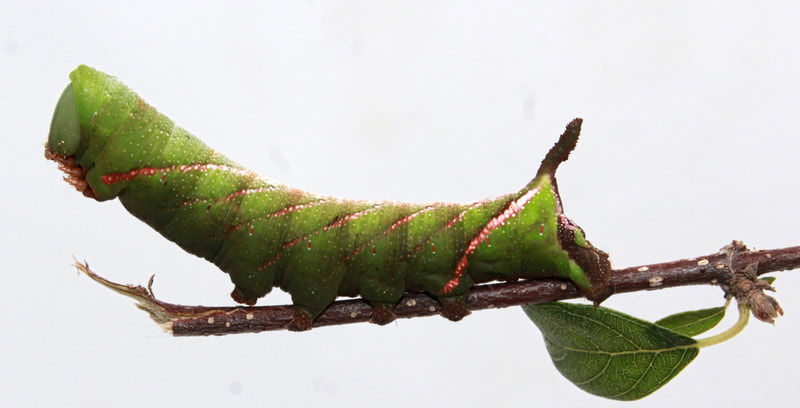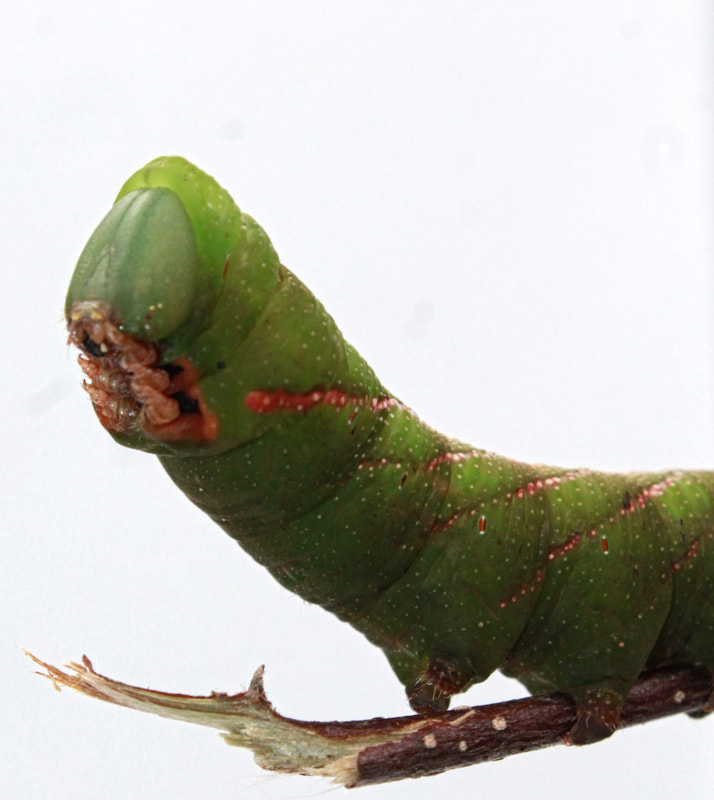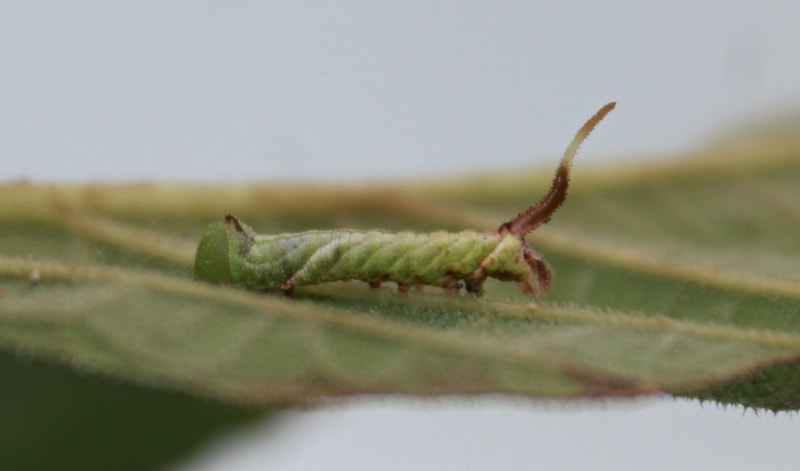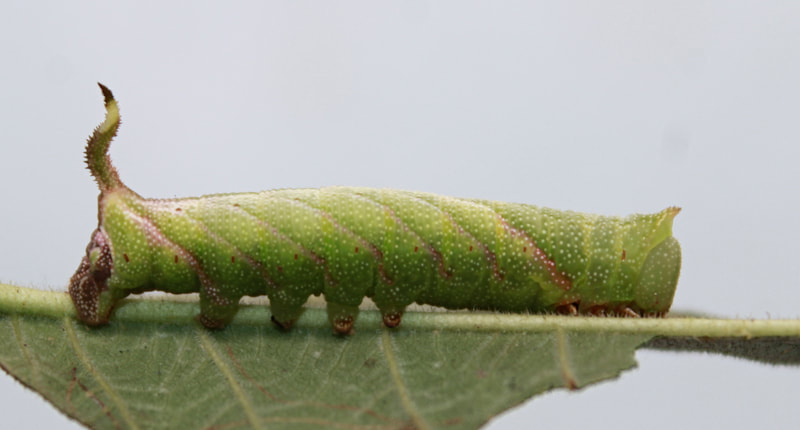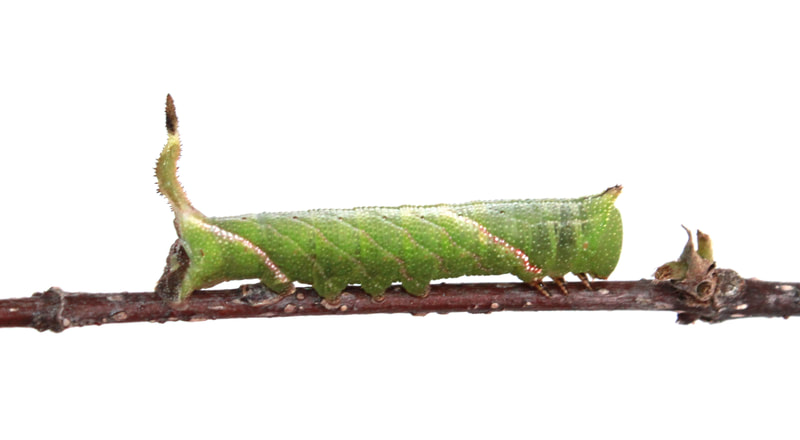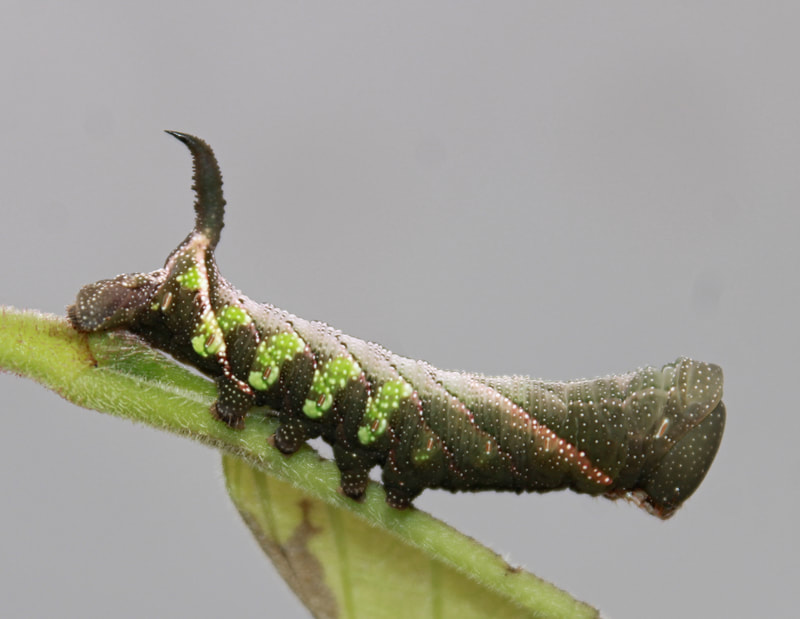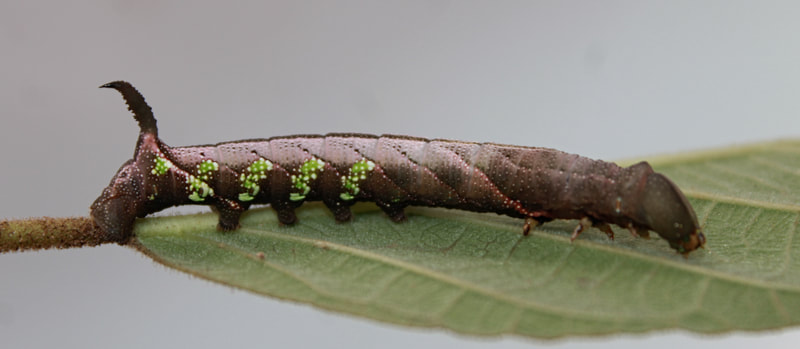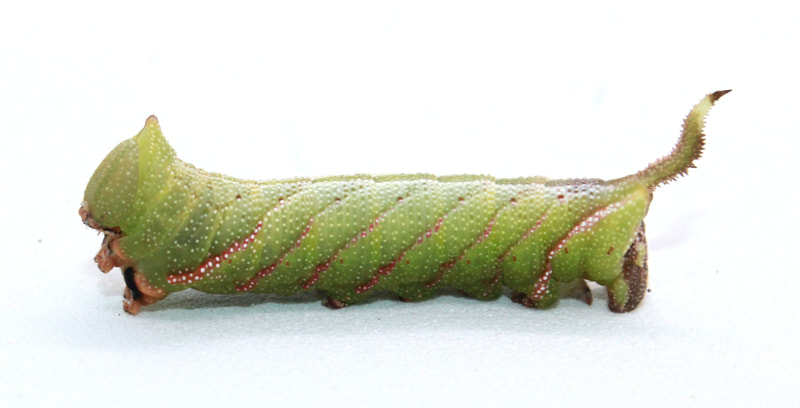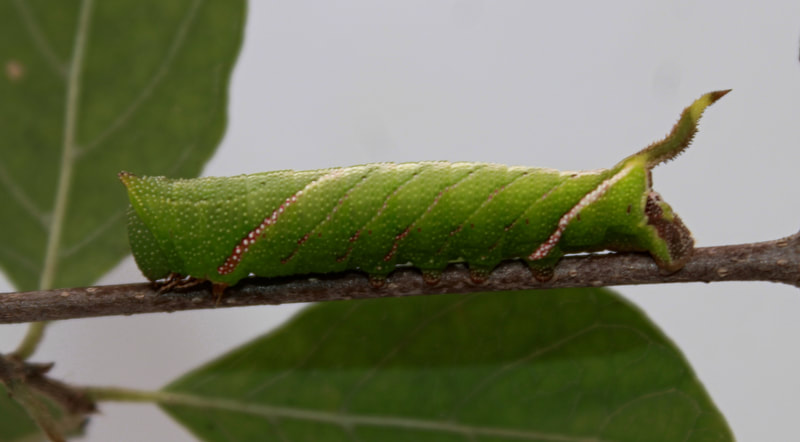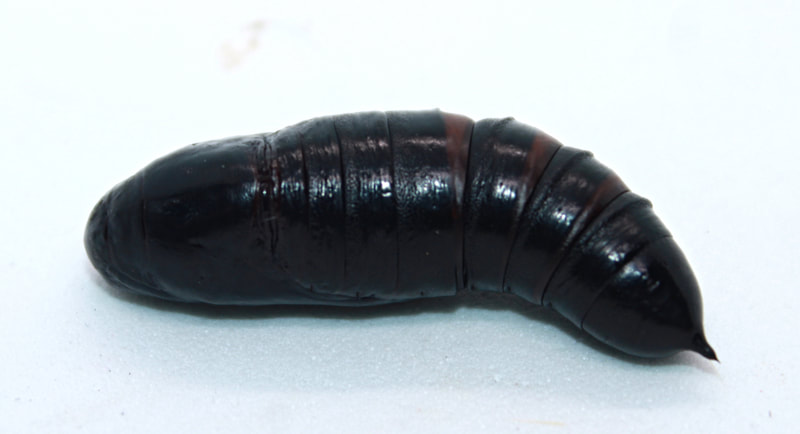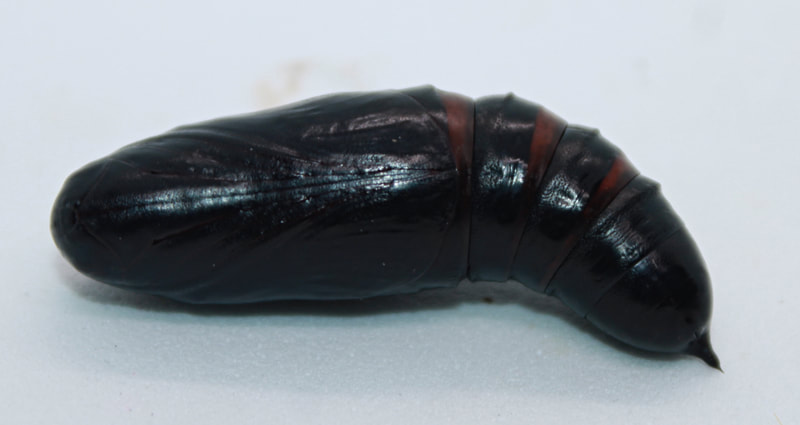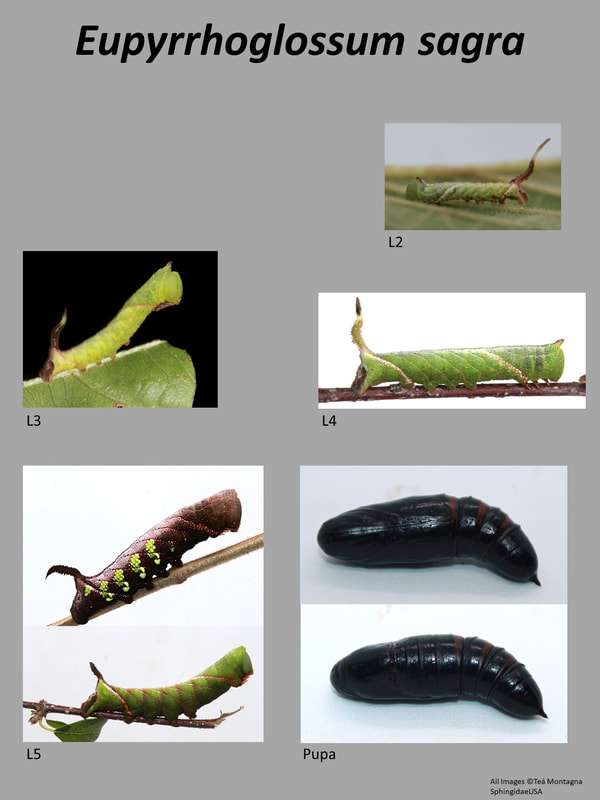|
Common Name: Cuban Sphinx, Sagra Sphinx
Ecology and Life History: This species is active year round in South Florida. While this species may come to light, it is more commonly taken while nectaring (2). This species seems to nectar just before dawn, or during the late morning (2). It is noted that species that nectar just before dawn, often do so just after dusk as well (2). This moth is not sexually dimorphic, though females are a bit larger than males. Eggs are laid on the undersides of mature leaves (2). Larvae feed on the undersides of the leaf when younger. Habitat and Searching for Larvae: This species prefers Velvetseed (Guettarda sp.) in South Florida (2). Larvae can be present on the entire plant. Eggs are usually laid on the mature foliage, but some are laid on new growth as well (1,2). Late instar larvae feed openly at the ends of branches (2). Earlier instars are found on the undersides of leaves, hiding along the midrib during the day. This is a species found only in Hardwood Hammocks or Dry Pinelands in South Florida (2). Larvae can be found year-round. This species fluoresces brightly in all instars and can be easily found with UV light. Rearing Notes: Obtaining eggs from this species is exceptionally difficult, but may be done more easily in a greenhouse or large flight cage. Larvae seem to prefer Guettarda species in Southern Florida, but also eat Ruellia simplex. The larvae are remarkably hardy and do not succumb to death or disease easily. They do well being reared in tupperware containers as well as screen cages. Crowding doesn’t seem to be an issue for this species, it is fine to rear multiple larvae together. Sleeving is a fantastic option to rearing this species as Guettarda doesn’t last very long when picked, Ruellia or live plants may be the best options for rearing. Pupation is easy with the paper towel method, but giving larvae substrate to bury into will work as well. Hostplants: Click here to load this Caspio Cloud Database
Cloud Database by Caspio |
Adult Description:
This is a small sphingid, with forewing lengths of 22-27mm in length (2). The forewings are a deep brown color with a white dot in the submarginal area. There is a cream line bordering the basal area. The forewing is mottled with contrasting brown and black. The hindwings are black with a white fringe and a yellow band that runs through the center. Larval Description: L2: Larva is small, with a projection right behind the head. There are multiple distinctive white abdominal bands going down the body. The second band is quite large. The horn is reddish with a white band. The horn itself is curly. L4: The larva is a bit bigger now, with the same distinctive bicolored curly horn. The abdominal bands are faint, except for the second one and the one leading to the base of the horn. The projection behind the head is still there. L5: The larva is much bigger and comes in two distinctive color forms. The green form has abdominal streaks that are white and bordered in purple. The lines may be more like dots than solid lines. The spiracles are red. The horn is brown-black with granulation, and is relatively straight with a slight downward curve. The brown form larva is quite striking. The abdominal lines are faint and pink in color. On the last 4 abdominal segments, there are bright lime green splotches. Spiracles are red in this color form. The horn is brown-black with granulation, relatively straight, with a slight downward curve. |
The gallery to the left contains photos of Eupyrrhoglossum sagra adults. If you have a photo that you would like to submit to us, please contact us.
The gallery to the right contains photos of Eupyrrhoglossum sagra larval and pupal stages. If you have a photo that you would like to submit to us, please contact us.
The gallery to the right contains photos of Eupyrrhoglossum sagra larval and pupal stages. If you have a photo that you would like to submit to us, please contact us.
